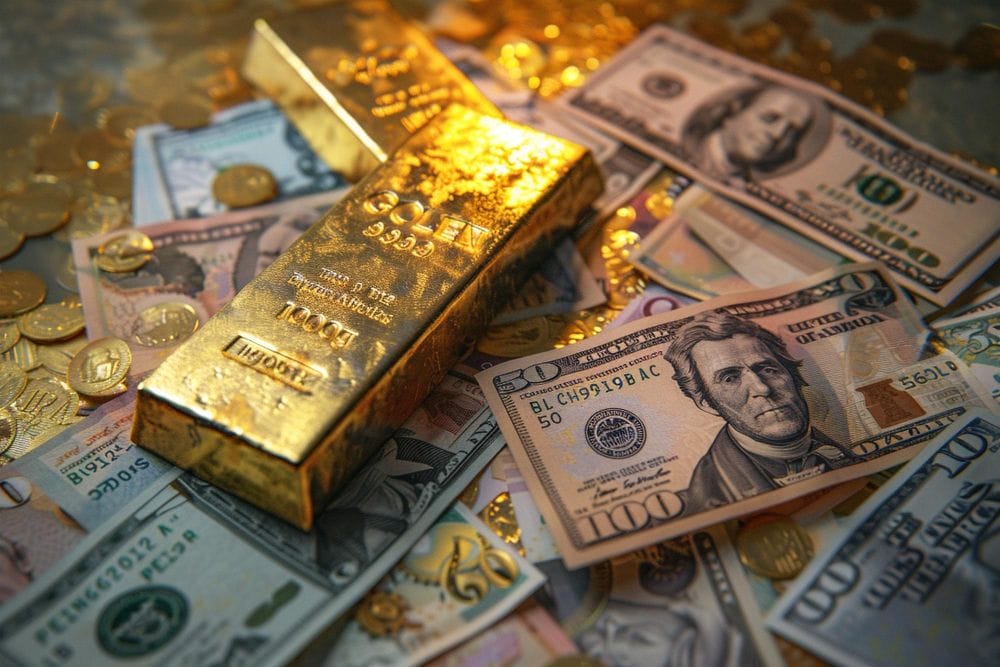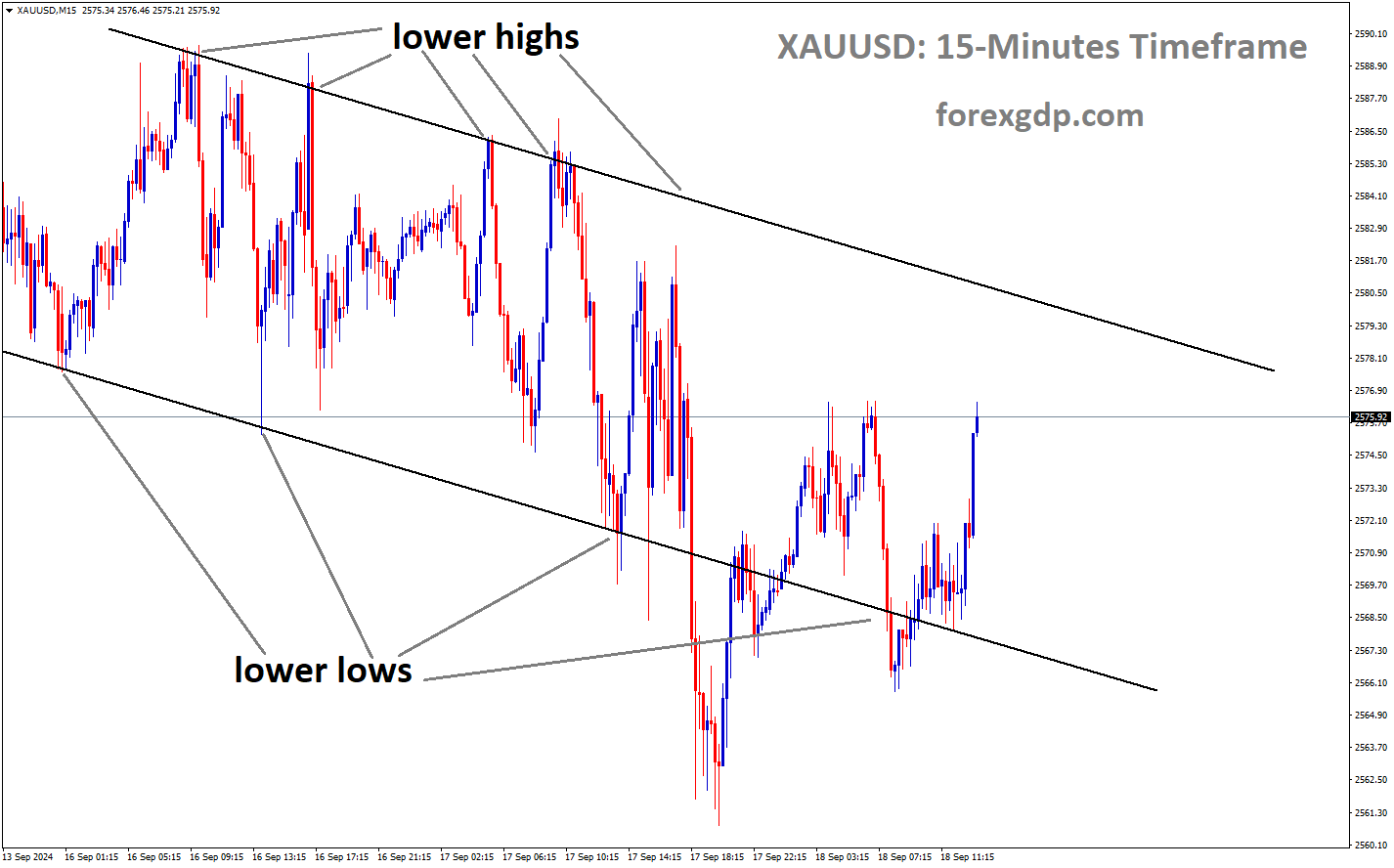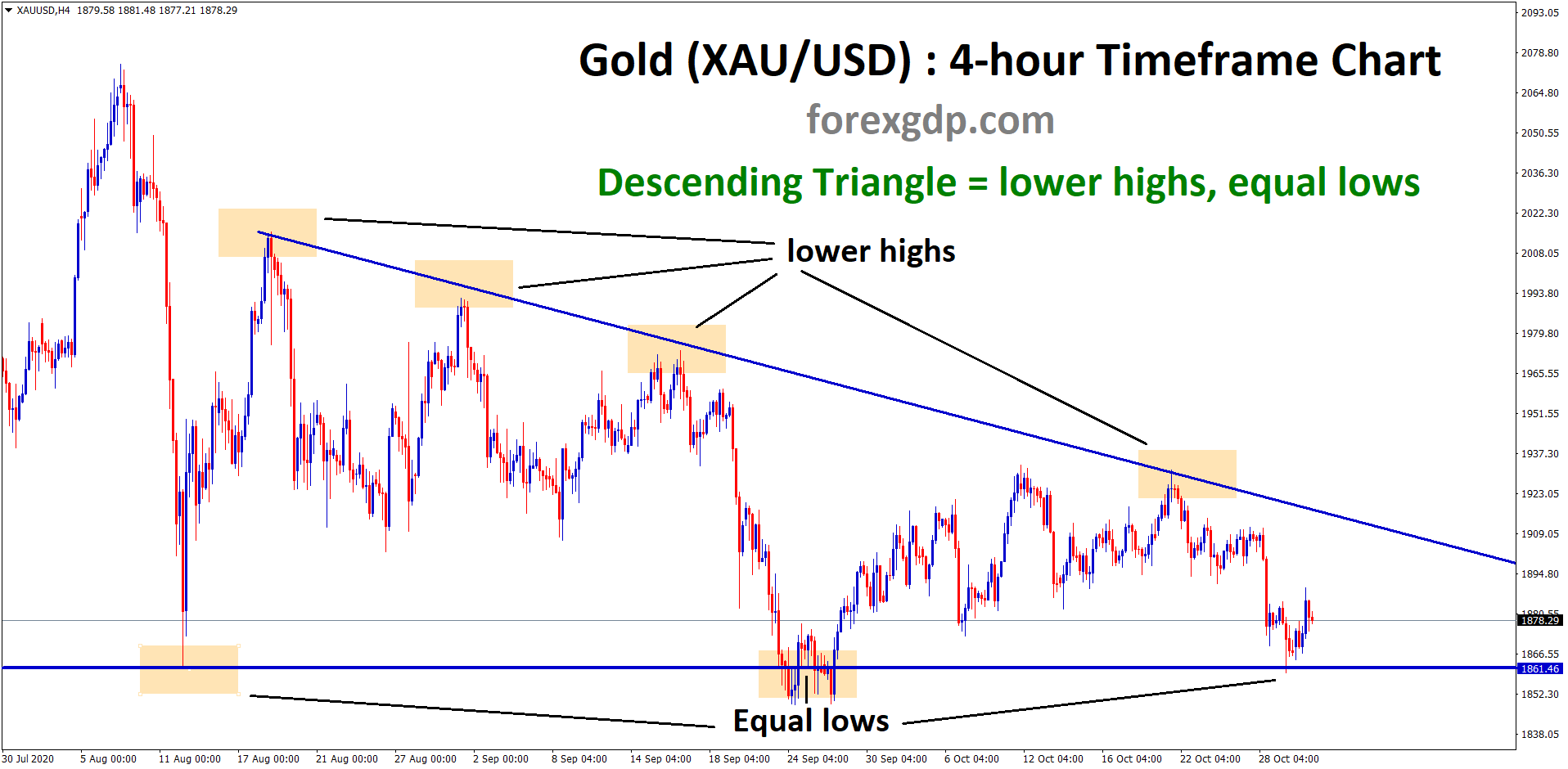XAUUSD is moving in a Downtrend channel, and the market has reached the higher high area of the channel
Gold Market Takes a Step Back as the Federal Reserve Meeting Looms: What to Expect
The gold market has been in the spotlight lately, with recent movements sparking conversations among investors and traders. A key factor behind gold’s recent fluctuations has been anticipation of the Federal Reserve’s policy meeting. In the world of finance, central bank decisions often have a significant impact on various assets, and gold is no exception. If you’re wondering what’s going on with gold right now and how the Federal Reserve’s decisions play into it, you’re in the right place. Let’s dive into the current state of the gold market and explore what lies ahead.
Why Gold Prices Pulled Back This Week
It’s no secret that gold, like many other assets, reacts strongly to economic news. This week, gold pulled back slightly, and it had everything to do with a mix of economic data and expectations ahead of a critical Federal Reserve meeting.
One of the main reasons for the dip in gold prices was the better-than-expected U.S. Retail Sales data. Retail sales in the U.S. rose 0.1% in August, which was a bit of a surprise for some market participants, given that July had shown a much more robust 1.0% increase. While the August number was lower, it still exceeded expectations, causing investors to adjust their positions, and this played a role in gold’s temporary retreat.
How Retail Sales Impact the Gold Market
You might wonder, why would retail sales data impact the price of gold? It’s a fair question. The connection lies in how this economic data influences the Federal Reserve’s decision-making process. Stronger retail sales often signal a stronger economy, which may reduce the urgency for the Fed to lower interest rates. When the economy appears to be doing well, investors may not see the need to flock to safe-haven assets like gold.
On the flip side, weaker economic data could encourage the Fed to cut interest rates to stimulate growth. Rate cuts tend to be favorable for gold because they lower the opportunity cost of holding gold, which doesn’t pay interest. When rates are lower, gold becomes a more attractive investment compared to interest-bearing assets like bonds.
Gold’s Surge and the Fed Rate Cut Speculation
Earlier in the week, gold hit an impressive high, reaching levels not seen in quite some time. This spike was driven by growing expectations that the Federal Reserve would deliver a more aggressive interest rate cut. Some market participants even speculated that the Fed might opt for a double rate cut—a 0.50% reduction, instead of the more typical 0.25%.
XAUUSD is moving in a descending channel, and the market has rebounded from the lower low area of the channel
So, why does this matter for gold? When interest rates fall, it tends to weaken the U.S. dollar, and since gold is priced in dollars, a weaker dollar makes gold cheaper for foreign investors. Additionally, lower rates make non-yielding assets like gold more attractive compared to assets that pay interest, such as bonds. This dynamic often leads to an increase in demand for gold.
However, as the week went on, some of this enthusiasm cooled down. The Retail Sales data mentioned earlier threw a bit of a curveball, leading to a pullback in gold prices as investors reassessed their expectations for the Fed’s decision.
The Role of Ray Dalio’s Commentary
Ray Dalio, the Chief Investment Officer of Bridgewater Associates, shared his insights on the matter, further shaping expectations. In an interview, Dalio noted that a smaller 0.25% rate cut would be more appropriate given the current state of the U.S. economy. He pointed out that while the economy is relatively stable, the debt situation is a growing concern, particularly when it comes to mortgages.
Dalio’s perspective added another layer to the conversation, as he emphasized that the Fed must carefully balance the needs of creditors, who want higher returns on debt, with the needs of debtors, who benefit from lower interest rates. His comments suggested that while a more aggressive 0.50% cut might be beneficial for borrowers, a smaller cut might make more sense in the broader economic context.
The Federal Reserve’s Policy Meeting: A Key Event for Gold Investors
As we approach the Federal Reserve’s policy meeting, many eyes are on what the central bank will do next. This meeting is particularly important because it’s not just about what happens with interest rates today, but also what the Fed signals about the future.
The Federal Reserve doesn’t operate in a vacuum. They base their decisions on a range of factors, from economic growth to inflation, and they provide updates on their expectations through something called the Summary of Economic Projections (SEP). These projections offer insights into how Fed officials see the economy evolving in the coming months and years.
For gold investors, the SEP is a big deal because it can reveal whether the Fed expects to keep cutting rates or whether they’re thinking about holding steady or even raising rates in the future. Any revisions to the Fed’s past projections could cause some volatility in the market, and gold prices are likely to react accordingly.
How the Fed’s Decisions Impact Gold Long-Term
In the long run, gold tends to benefit from periods of economic uncertainty, low interest rates, and inflation. While short-term fluctuations are common, many investors see gold as a hedge against inflation and a store of value. As the Federal Reserve navigates the current economic landscape, its decisions will likely continue to play a major role in shaping the future of gold prices.
XAUUSD is moving in an Ascending channel, and the market has reached the higher high area of the channel
If the Fed signals that rates will stay lower for longer, or if they continue to cut rates, it could create a more favorable environment for gold. On the other hand, if the Fed takes a more hawkish stance—indicating that they’re concerned about inflation and may raise rates—gold could face some headwinds.
What Investors Should Keep in Mind
If you’re thinking about investing in gold, it’s essential to stay informed about major economic events like the Federal Reserve’s policy meetings. These events can have a significant impact on the price of gold, as they influence investor sentiment and broader market conditions.
However, it’s also important not to get too caught up in short-term price movements. Gold can be a volatile asset, but over the long term, it has historically provided a solid hedge against inflation and economic uncertainty. Whether you’re new to gold investing or a seasoned pro, keeping an eye on key factors like interest rates, economic data, and central bank policy will help you make more informed decisions.
Final Summary
The gold market is influenced by various economic factors, and the Federal Reserve’s policy decisions play a crucial role in shaping its price movements. While recent fluctuations in gold prices can be attributed to better-than-expected Retail Sales data and speculation around the Fed’s interest rate cuts, the long-term outlook for gold remains tied to broader economic trends. As always, it’s essential to consider the bigger picture when evaluating gold as an investment, keeping an eye on interest rates, inflation, and central bank actions that can impact the market.
Don’t trade all the time, trade forex only at the confirmed trade setups
Get more confirmed trade signals at premium or supreme – Click here to get more signals , 2200%, 800% growth in Real Live USD trading account of our users – click here to see , or If you want to get FREE Trial signals, You can Join FREE Signals Now!









